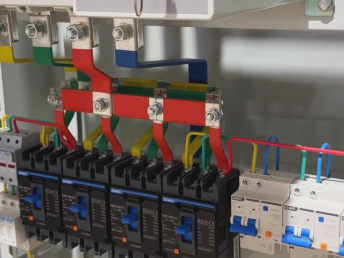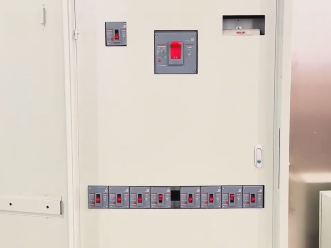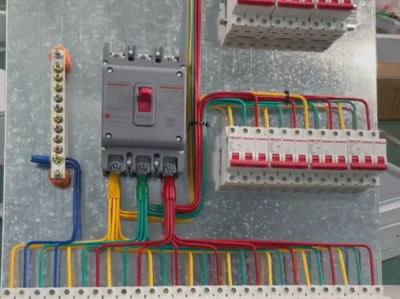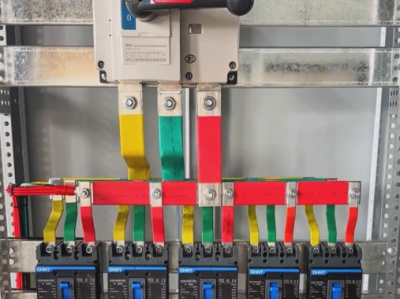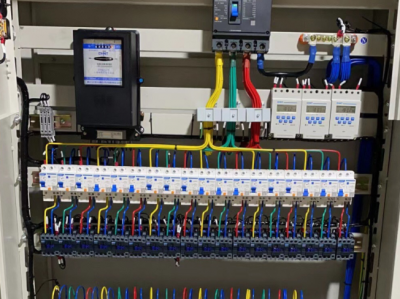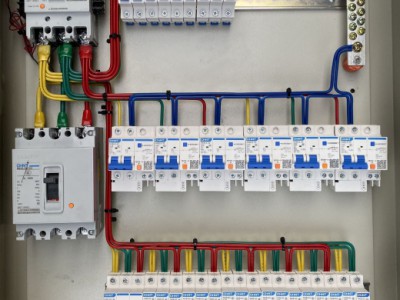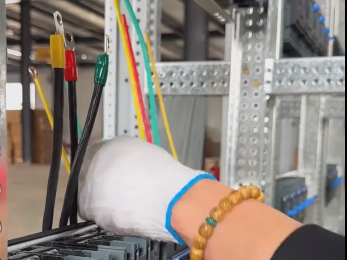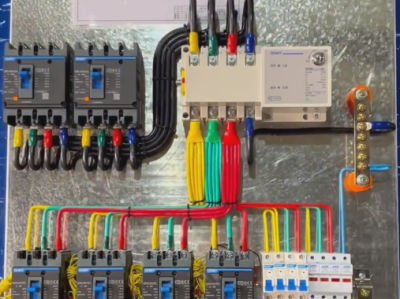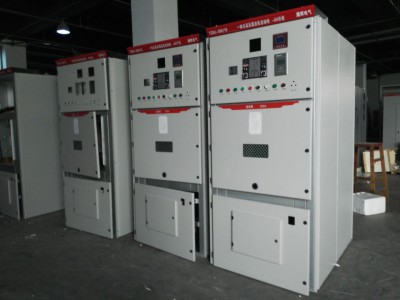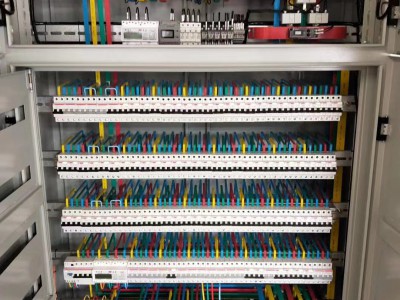Reactive power compensation cabinet
Product description
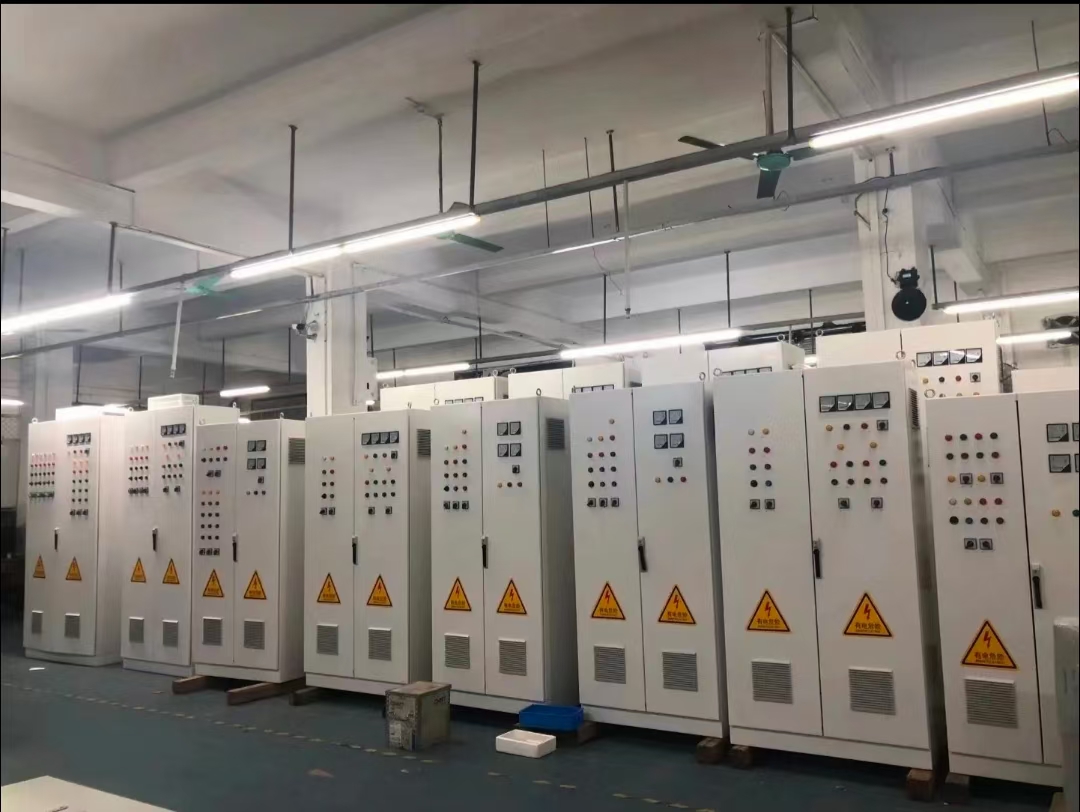 1. **Definition**
1. **Definition**
- The reactive power compensation cabinet is a kind of equipment used in power systems. In an alternating current circuit, the power provided by the power source includes active power and reactive power. Although reactive power does not do external work, it plays a role in establishing and maintaining magnetic fields in the circuit. The main function of the reactive power compensation cabinet is to improve the power factor and improve the power quality.
2. **Principle**
- According to the characteristics of reactive power, reactive power compensation elements such as capacitors or inductors are connected to the circuit. For power systems where inductive loads are in the majority, parallel capacitors are usually used for reactive power compensation. Capacitors can provide reactive power (capacitive reactive power) to offset part of the reactive power required by inductive loads, thereby reducing the reactive power provided by the power source to the load and improving the power factor.
II. Composition of reactive power compensation cabinet
1. **Capacitor bank**
- It is the core component of the reactive power compensation cabinet and is composed of multiple capacitor units. The capacity of the capacitor is selected according to the size of the reactive power to be compensated.
2. **Reactor (optional)**
- In some cases, in order to limit the inrush current when the capacitor is put into operation or prevent resonance in the system, a reactor will be connected in series in the circuit.
3. **Controller**
- It is responsible for monitoring parameters such as voltage, current, and power factor in the power system. According to the set target power factor or reactive power demand, it controls the switching of the capacitor bank to realize dynamic compensation of reactive power.
4. **Fuse and circuit breaker**
- The fuse is used to protect equipment such as capacitors when an overload or short circuit occurs in the circuit. The circuit breaker can cut off the circuit, which is convenient for the inspection and maintenance of the equipment and plays a protective role in case of failure.
## III. Functions of reactive power compensation cabinet
1. **Improve power factor**
- The power factor is a coefficient that measures the efficiency of electrical equipment. A lower power factor will lead to an increase in current in the power system and increase the loss of lines and equipment such as transformers. The reactive power compensation cabinet can improve the power factor to a level close to 1 by compensating reactive power, reducing the flow of reactive current in the power grid, thereby reducing the loss of lines and equipment and saving electric energy.
2. **Improve voltage quality**
- In the power system, the imbalance of reactive power will lead to voltage fluctuations and flicker. The input of the reactive power compensation cabinet can stabilize the reactive power of the system, and then stabilize the voltage, reduce voltage fluctuations, improve the voltage qualification rate, and provide more stable power supply for power users.
3. **Improve the utilization rate of power supply equipment**
- After the power factor is improved, the current in the system is reduced. Under the condition of a certain capacity of power supply equipment (such as transformers, generators, etc.), more active loads can be carried, improving the utilization rate of power supply equipment.
## IV. Application scenarios of reactive power compensation cabinet
1. **Industrial field**
- There are a large number of inductive loads in industrial enterprises, such as motors, welding machines, etc. These devices need a lot of reactive power during operation. The reactive power compensation cabinet can be installed in the power distribution room of the factory to perform reactive power compensation on the entire power system of the factory, improve the power consumption efficiency of the factory and reduce production costs.
2. **Commercial buildings**
- Air conditioning systems, elevators, lighting equipment, etc. in commercial buildings also consume reactive power. Installing a reactive power compensation cabinet in the power distribution system of commercial buildings can improve power quality and reduce electricity bills.
3. **Substation**
- The substation is an important part of the power system and is responsible for distributing and regulating the power supply of the entire area. Installing a reactive power compensation cabinet in the substation can perform reactive power compensation on the output power of the substation and improve the power factor and power quality of the entire regional power grid.

